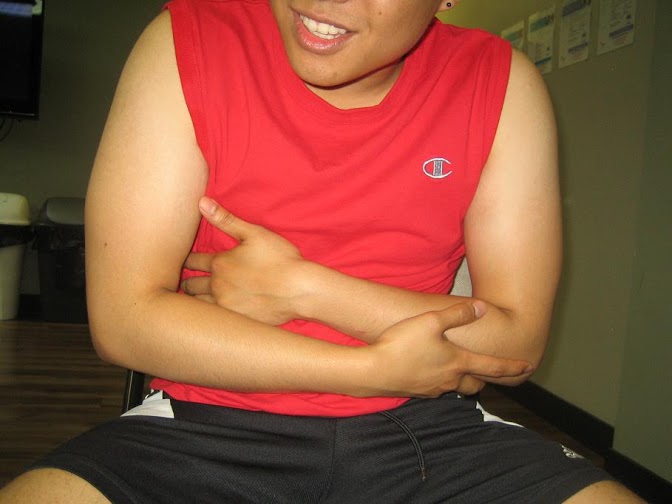Kidney injuries are usually caused by blunt force due to vehicular accidents, sports injuries or falls. The kidneys are often injured than the other organs in the urinary tract. The penetrating kidney injuries can result from stab or gunshot wounds.
In uncommon cases, the injuries can occur in diagnostic tests particularly in kidney biopsy or during several therapies such as those used for kidney stones. Most of the blunt kidney injuries are minor. Nevertheless, some can be serious. If serious or penetrating kidney injuries are not treated, complications such as high blood pressure, kidney failure, infection and even delayed bleeding can occur.
What are the indications?
The indications of blunt kidney injuries include the following:
- Pain or bruising in the upper abdomen or area between the ribs and hip
- Marks close to the kidney created by a seat belt
Pain or bruising in the upper abdomen or area between the ribs and hip - Blood-streaked urine
- Pain originating from lower rib fractures
- Low blood pressure (shock) and anemia in severe cases
Diagnosing kidney injuries
The series of events that resulted to the injury, symptoms and the physical exam can be used by the doctor to recognize kidney injuries.
A urine sample is taken and assessed to check if blood is present. The presence of blood in the urine with an injury to the trunk might indicate that the injury involves the kidney. The blood might be visible evidently or only under a microscope.
As for penetrating kidney injuries, the location of the wound can help the doctor determine if the kidney is involved.
An adult who has mild symptoms and blood-streaked urine visible under a microscope might only have a minor bruise that can heal on its own. Further testing is not usually required. Among children and adults who are suspected with a serious injury, a CT scan with radiopaque dye is carried out.
Management
For minor cases, careful control of the fluid intake and bed rest are the usual treatment required since these will allow the kidney to heal. As for serious kidney injuries, the treatment starts with measures to control the blood loss and prevent shock.
Fluids and oftentimes blood are administered intravenously to maintain the blood pressure within a normal level and stimulate the production of urine.
For serious blunt injuries such as a persistently bleeding kidney, surrounded by a blood clot that is expanding or torn from the blood vessels, surgery is needed. Serious penetrating injuries also require surgery. In rare instances, the damaged kidney should be removed.
Many individuals are able to recover from even serious kidney injuries as long as the injuries were diagnosed and treated promptly. If chronic kidney disease develops, lifelong treatment is needed. Other potential complications of kidney injuries that entail treatment include delayed bleeding, high blood pressure and infection.


